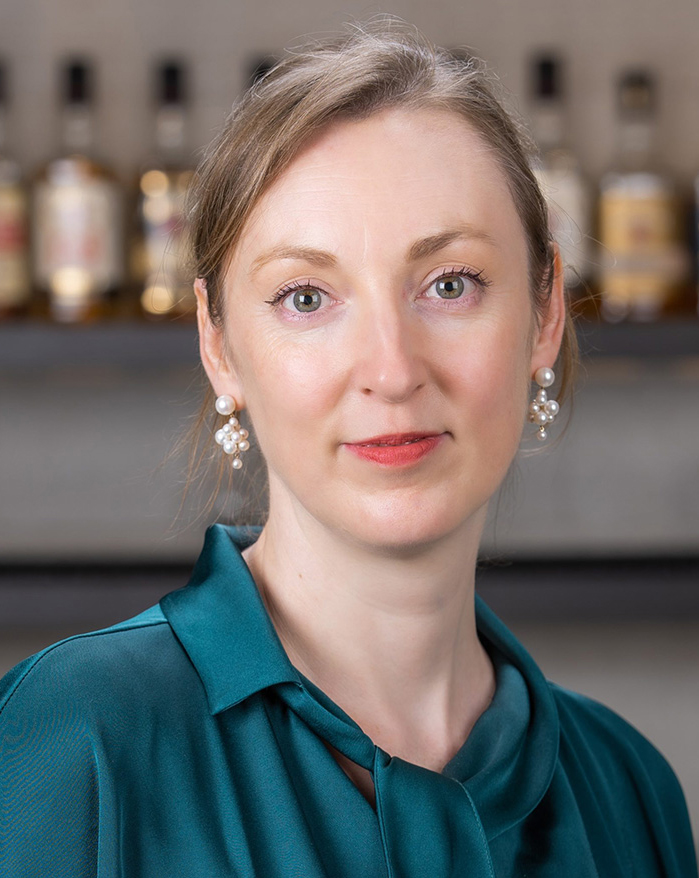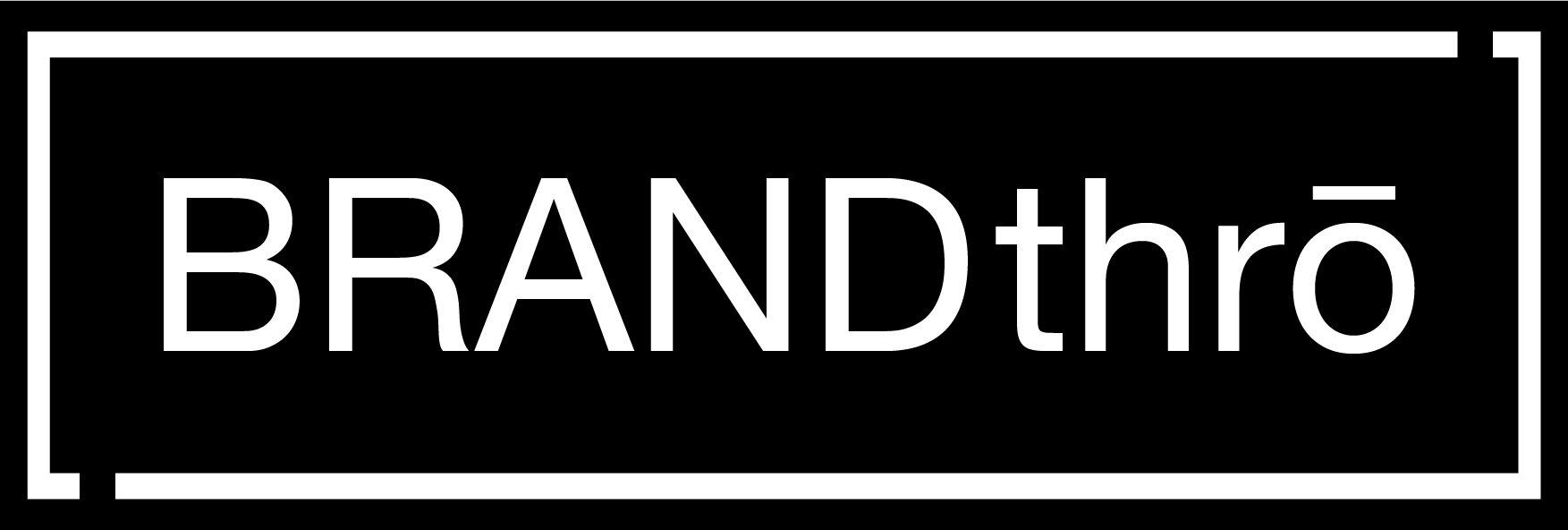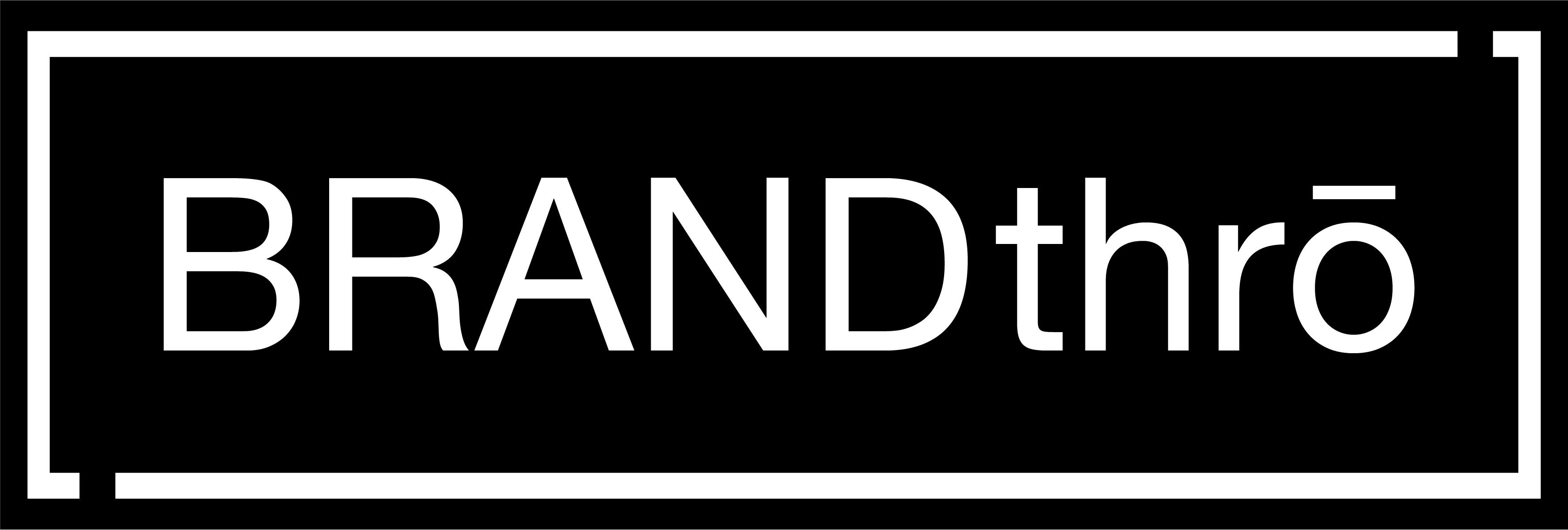A Conversation With Jessica Spence On Brands At The Heart Of The Business + Human-Centricity
If accelerated transformation was the theme of 2021, brands quickly figuring out how to be customer-obsessed in ways that enabled them to be more intuitive to customer needs, while also being mindful of providing value each step of the way, was this year’s Holy Grail. As we move into 2023, with people’s emotions at an all-time high, this trend of human-centric transformation will only intensify as the long lasting impacts of the pandemic linger, and the consumer landscape continues to unfold in a more fluid fashion than ever before across everything from gender to cultural identification.

A Conversation With Jessica Spence On Brands At The Heart Of The Business + Human-Centricity
With that in mind, for my latest column I wanted to speak to someone intimately involved with transformation efforts that focus on the brand, with a particular emphasis on being human-led, empathy driven, and value focused. For these reasons, I recently had the privilege of sitting down with Jessica Spence President of Brand at of Beam Suntory. Jessica is a marketing industry veteran having worked at leading brands such as Carlsburg Group and SAB Miller. Following is a recap of our discussion:
Billee Howard: You started as President of Global Brands for Beam Suntory in 2019. You have since executed a significant transformation that places brands at the heart of your value-creation model. I love this. Tell me more, particularly about your approach to premiumization and the results achieved.
Jessica Spence: This opportunity was why I joined Beam Suntory. The chance to join a world leader in premium spirits, with a phenomenal portfolio of brands, at a moment when it was embarking on a global business transformation was incredibly motivating to me – it’s the type of challenge I love! It also propelled me to move to the United States for the first time and to our new global headquarters in New York City.
Simply put, our business strategy puts our brands at the heart of our business, and recognizes them as the way we drive greater value. We are transforming Beam Suntory from a market-centric business model to a global, brand-led business. Our P&L growth is now increasingly driven by price and mix versus volume.
Our approach to premiumization begins with a deep understanding of our brands’ DNA, history and truth, and knowing how this connects to our culture which involves a deep level of human centricity and empathy. We bring this to life through experiences – on and offline – that connect and engage people and build deep relationships with them. By elevating the experience across our portfolio, our teams delivered double-digit sales growth in 2021 for brands such as Maker’s Mark, Basil Hayden and Knob Creek bourbons, Courvoisier cognac and Laphroaig and Bowmore Single Malts.
We have also elevated our capabilities in the prestige segment – something we weren’t always known for — through major partnerships with like-minded premium brands such as Sotheby’s, Aston Martin, and Wimbledon.
This journey and success would not be possible without our teams, comprised of the brightest and most human and empathetic leaders I have had the pleasure to work alongside. To ensure that our brands live at the heart of our business, we stood up houses for each global brand that are run as distinct global business units with end-to-end P&L accountability, a new approach for us. This structure requires leaders with both a deep knowledge of brands, and also a true enterprise mindset and general management skills.
Howard: So many people have over indexed on performance marketing these last few years and done so at the expense of the brand. Talk to me about what the right modern mix of the two should look like?
Spence: I worry that we have tended to see this as a dichotomy. Performance marketing is a great tool, but it should be in the service of brand building and driving revenue. Ultimately every connection you have with a consumer is a chance to do three things: gain insight and understanding of that person, engage them in a meaningful way, and drive a sale. We often tend to view these as distinct tasks and divide up our efforts and even our teams against this mindset. Consumers don’t see it this way. They don’t know when we are being “tactical” or “brand building” and we shouldn’t allow our teams to think that way. One thought I always hold in my mind is “brands are just collections of memories.” Everything you do creates a memory and therefore has to be managed to deliver against your full brand agenda. My fundamental belief is that the divide between marketing and sales is outdated and will be unrecognizable in 10 years. That’s also why I love the structure we have created at Beam Suntory, which is designed to ensure marketing and sales goals are achieved versus an “either-or” mentality.
Howard: Why are you so interested in trends among Legal Age Gen Z consumers? You mentioned a variety of things I don’t think others have thought through yet pertaining to both how to get the right data from them, as well as new means of segmenting and understanding them.
Spence: The legal drinking age Gen Z consumer is seeking more personalized, human connections with brands and is values- led in many ways (though not as purist as we sometimes think!). This cohort are looking for brands that align to them and their approach to life, which is a shift from previous generations who used brands more to express and explore who they were.
I think one of the most fundamental challenges with this cohort is their rejection of the previous “classification” that society has built. This is one of the biggest schisms we’ve seen at a generational level since the 1960s. They are not willing to submit to the definitions that we have historically been used in society, nor in how we think about targeting and segmentation. If you think about most of the ways we talk about a consumer target – gender, ethnicity, income, education are often at the heart. These are not definitions this cohort sees as being “set” and they expect an acceptance and understanding of fluid identity definition across multiple dimensions. This will challenge us to think 2 about the ways in which we connect and understand consumers in a fundamentally different way. I don’t believe that many of our processes, systems or approaches are set up to do this, across the industry. It’s going to be fascinating to see how the industry responds to this shift and reflects it in our changing world.
Our strategy is fundamentally based on human-centricity so getting to the heart of this is key to our success, and we have focused on two things to achieve it. I’m incredibly proud of the Global Insights & Analytics function we have created, with a broader remit and a mission to put human understanding (not just as consumers but as complete humans) and empathy at the heart of our business. We have staffed the team up globally over the last year and are building an exceptional capability here. The second enabler of this is a big investment in gaining and leveraging first party data. This is central to our strategy as we believe it will enable us to deliver the type of brand connections that today’s consumer is expecting.
Howard: You have created a culture that empowers creators and builders and you said to do that you have had to work to balance emotions and process. Can you share some best practices others should consider when realigning their cultures to better fit today’s environment and attract the best talent?
Spence: We are creating a culture that empowers our talented people to build and define great brands. Each one of our employees plays a role in designing a deeply meaningful experience to realize the full potential of our iconic brands, and they deserve a culture that enables them to succeed.
I have led through many transformations, and my greatest learnings are that you need to get three things right. First, you have to look for agile learners who are fundamentally motivated by the opportunity to create from the ground up. I tend to look for people who have proven their ability to handle disruption, to create structure amidst uncertainty, embrace change and love a blank sheet of paper. This isn’t for everyone, so getting the right people is crucial.
Second, as leaders you have to understand that you will only retain this type of talent by engaging them constantly on an emotional and rational basis. This type of talent is demanding. They have to be clear on an over-arching vision, it has to make sense to them and they need a lot of freedom to act. Your job is often to set up the minimum possible process to enable things to work smoothly, but create the maximum space for personal impact and creativity.
Third, you need a high level of personal honesty and to give a clear-eyed view on what you are doing. In times of transformation, you need to be open about the fact that not everything is figured out yet. Leaders who pretend to have all the answers will lose the motivation, hearts and minds of the best talent. You have to be honest about the journey you are on and let people contribute to that. It’s about balancing being very clear and confident about the destination, but being very open to the ways of getting there, asking for input and creating a culture of learning and challenge.
This journey has really just begun so there is a unique opportunity for every person to build the future of Beam Suntory, be a brand builder, help forge our path forward, and make an impact globally. And I absolutely cannot be successful on this journey without our people, and teams who share my fundamental belief in the business model that brands are at the heart of how we create value.
I like to say that Beam Suntory is entering its golden era, where everyone has access to a blank canvas and the opportunity to contribute to a new way of thinking. We are excited by what our future holds and welcome more bright, and empathetic leaders to join us in our new home of New York City, or in other cities across the world, to shake – not stir – things up!




